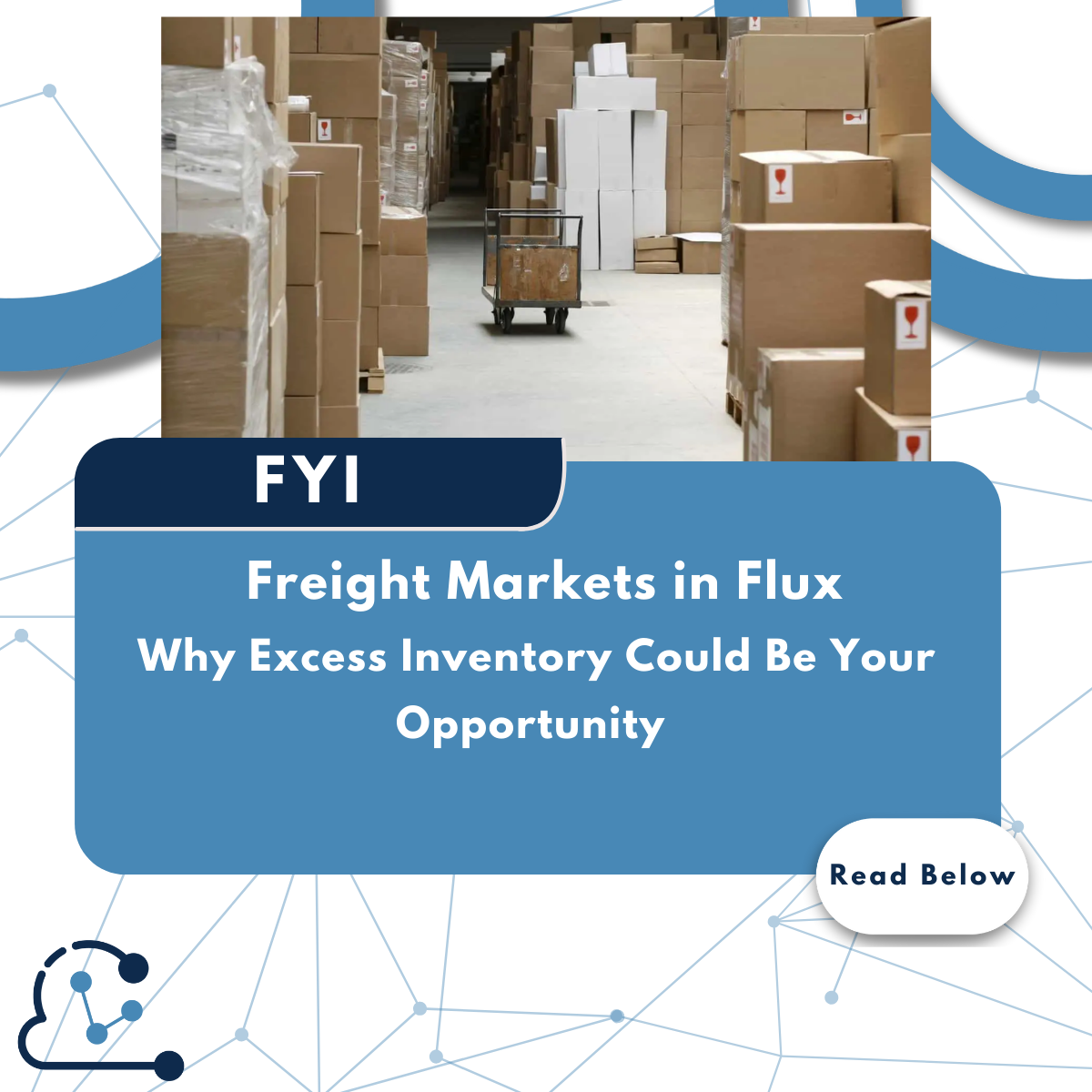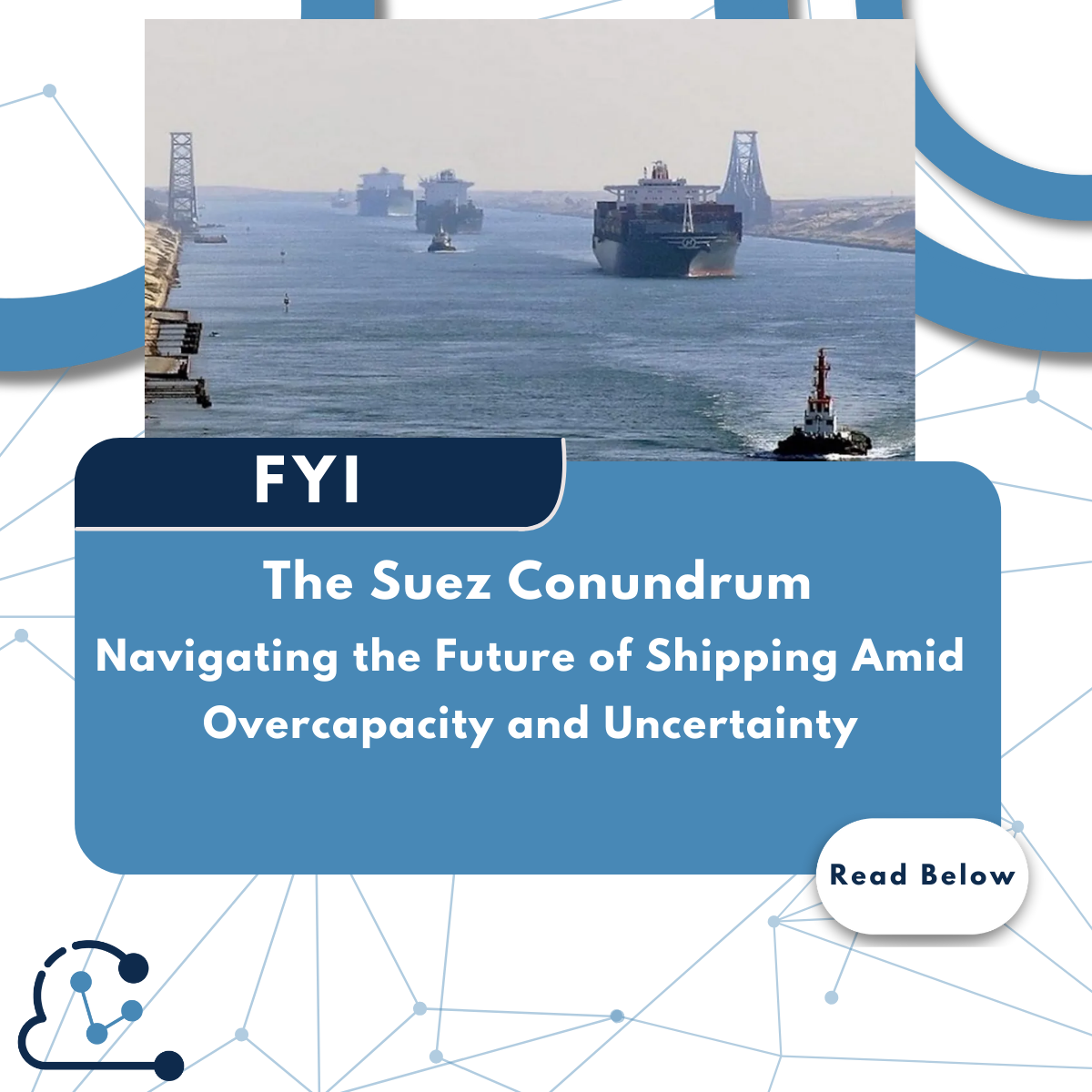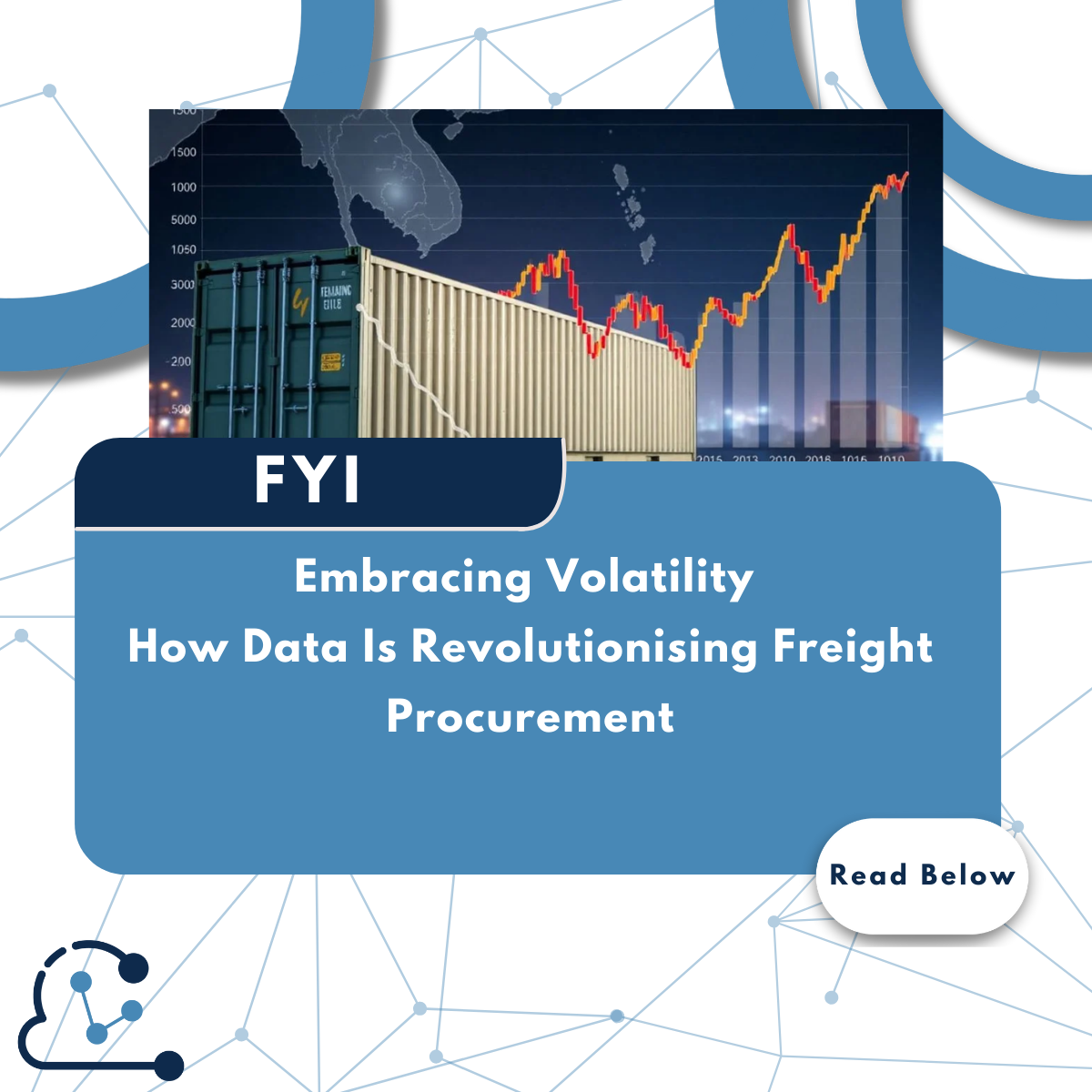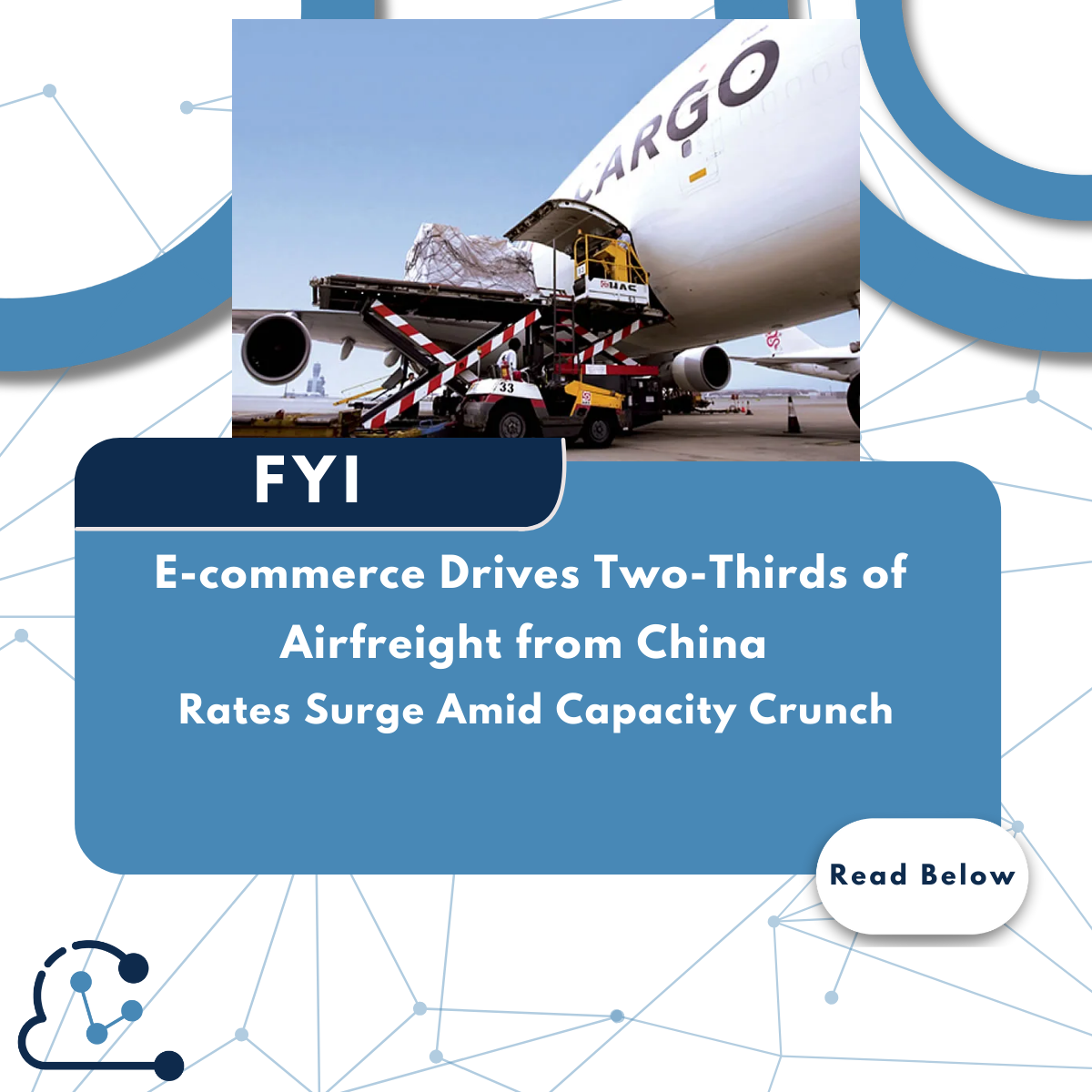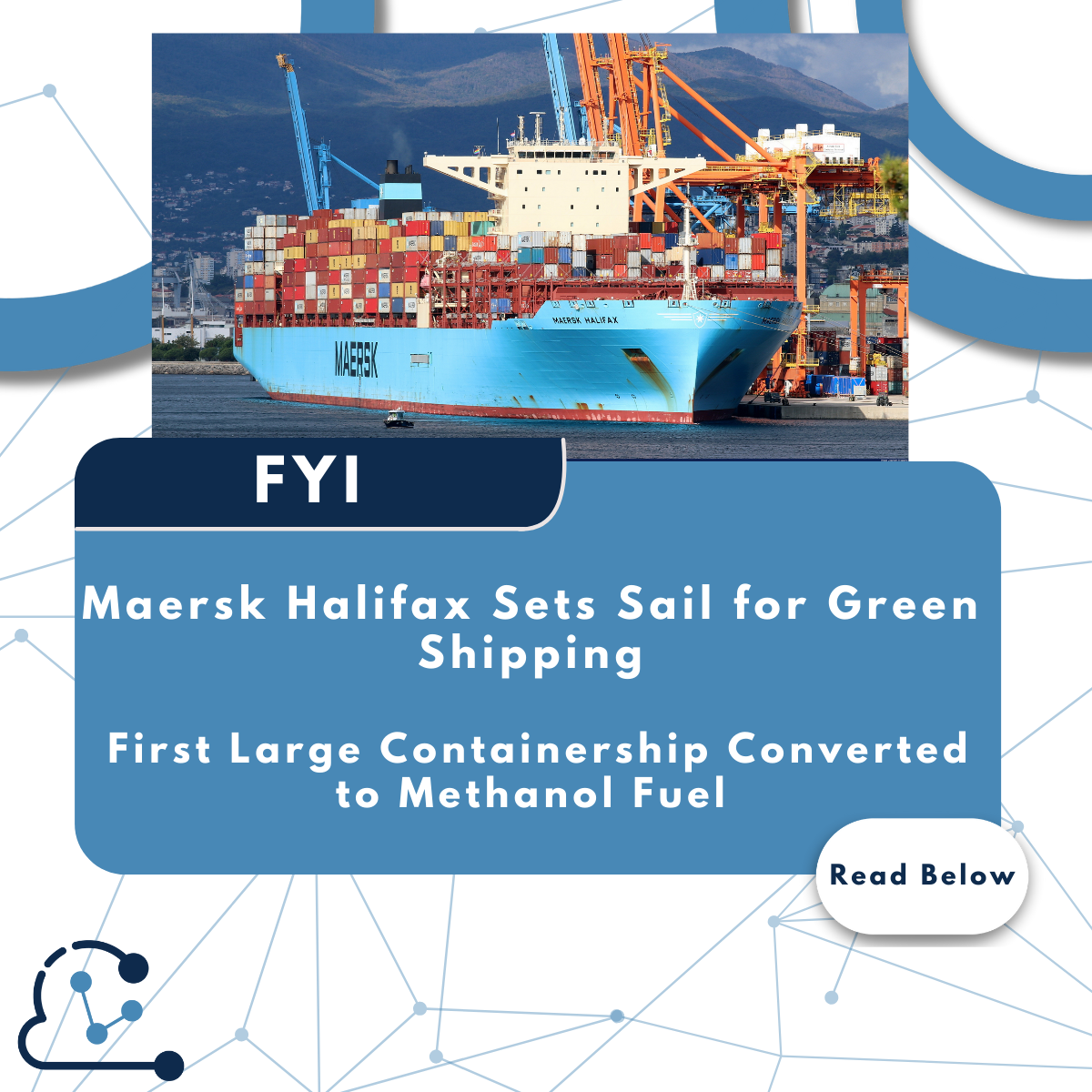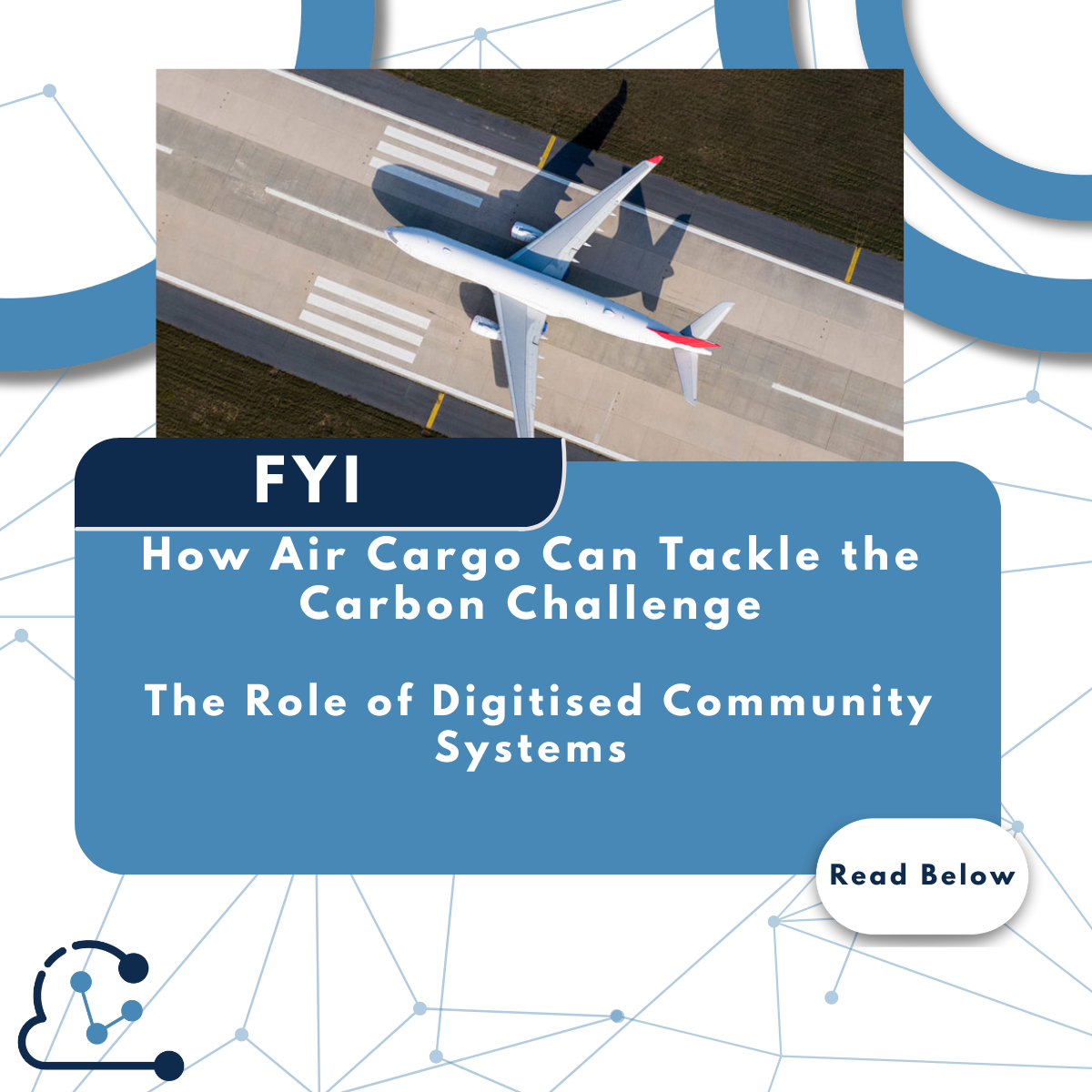Retail inventories are soaring, freight markets are softening, and it’s a perfect storm for supply chains. If you’re not paying attention, the next few months could wreak havoc on your logistics, profitability, and sustainability goals. But with the right tools and insights, this challenge can be turned into an opportunity.
The Numbers Don’t Lie
Retail inventories in the US are breaking records. According to Sea-Intelligence, November 2024 inventory levels were $30.2 billion higher than the norm. Alan Murphy, CEO of Sea-Intelligence, called it “the largest upwards deviation we have seen since the financial crisis.” Inventories peaked in September, exceeding the long-term trend by 3.1%, and while there was a slight dip to 3% by November, the excess remains significant.
What’s causing this? It’s a cocktail of factors. Retailers are hedging against potential tariffs, managing disruptions like the ILA strike, and overcorrecting after pandemic-era shortages. Philip Damas of Drewry pinpointed three culprits: Chinese New Year, pre-strike cargo rushes, and sky-high inventory levels compared to last year.
And the costs are piling up. Target’s 2022 initiative to “right-size” inventory is still falling short. Jefferies noted that early inventory build-ups, aimed at mitigating East Coast port disruptions, shaved nearly one percentage point off its holiday profit margins. Meanwhile, Alix Partners warned that average “days on hand” for US retailers have risen by 12% since 2021.
A Vicious Cycle or a Strategic Opening?
Excess inventory doesn’t just dent profits; it ties up capital, increases holding costs, and inflates the carbon footprint of supply chains. Alix Partners cautioned that many companies underestimate these holding costs because decision-making is siloed between inventory planners and financial managers.
But let’s flip the script: this isn’t just a crisis—it’s a wake-up call for smarter supply chains. Imagine having real-time data insights that enable Beneficial Cargo Owners (BCOs) and Logistics Service Providers (LSPs) to anticipate disruptions, optimise routes, and fine-tune inventory decisions.
The Case for Visibility Software
Visibility software is no longer optional; it’s mission-critical. With tools that integrate real-time supply chain and climate impact data, businesses can assess the full cost of inventory decisions. This empowers leaders to counteract challenges like tariff impacts, inventory build-ups, and market softness, making business-critical decisions with confidence.
This isn’t just about saving money. It’s about future-proofing. Smarter supply chains mean fewer carbon emissions, better margins, and happier customers. The alternative? More missed earnings reports, like Target’s, and a higher environmental toll.
The message is clear: the time to act is now. Visibility, agility, and sustainability aren’t just buzzwords; they’re the foundations of a thriving supply chain in 2024 and beyond.

